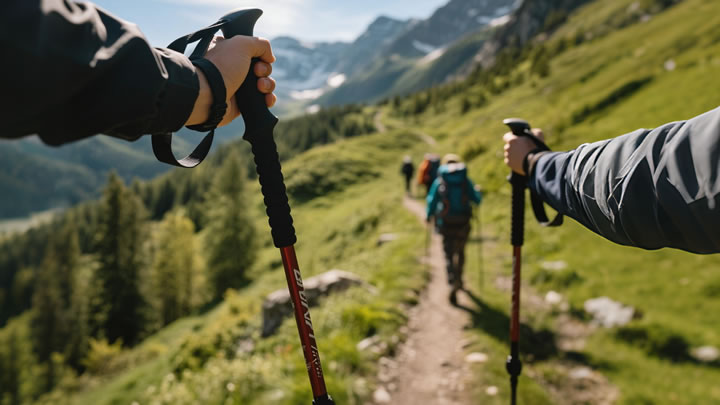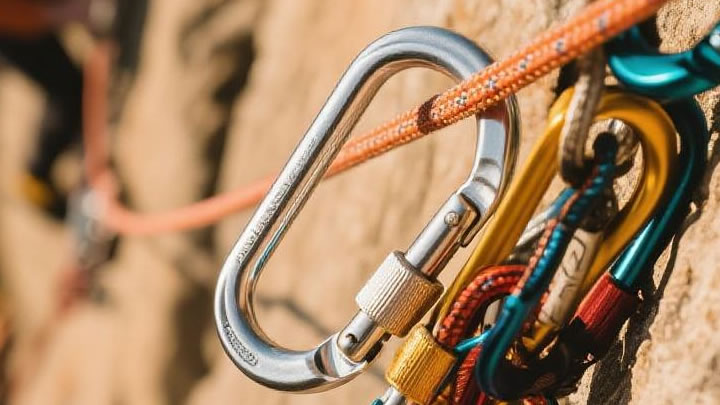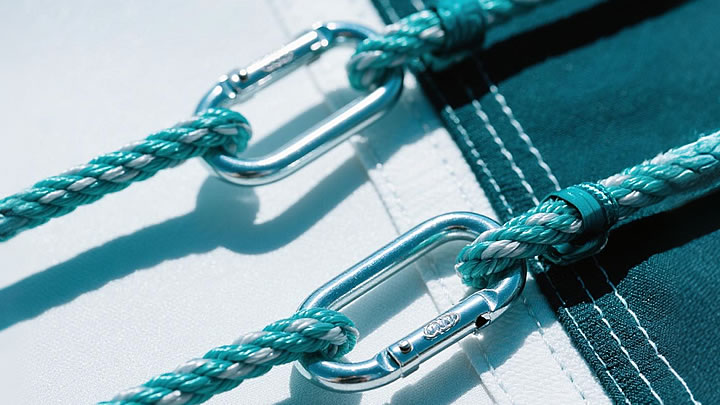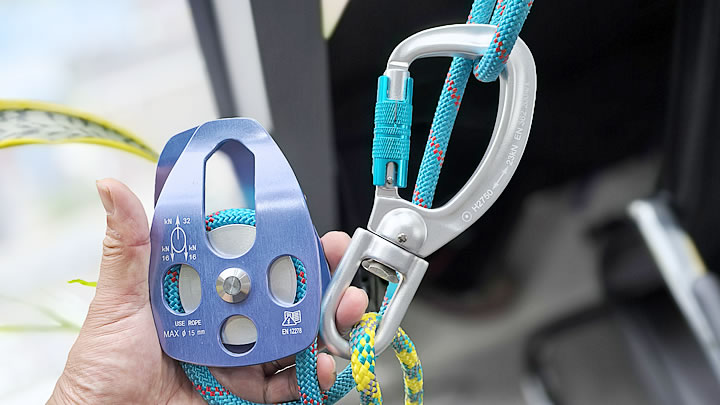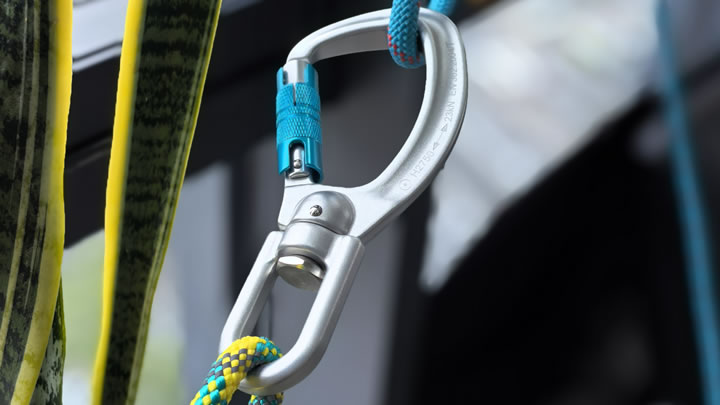Winter Hammock Camping: How to Stay Warm & Safe
Winter hammock camping offers a serene escape into snow-covered wilderness, but without proper preparation, it can quickly turn dangerous. Drawing from expeditions in Alaska’s -30°F winters and Scandinavian forests, this guide reveals proven strategies to conquer the cold safely.

The Science of Staying Warm: Battling the 4 Heat Thieves
- Conduction: Heat loss through direct contact with cold air beneath you.Solution: Insulated underquilt (R-value ≥5) + closed-cell foam pad combo.
- Convection: Wind stealing warmth through airflow.Solution: Winter tarp with doors (pitched in “winter wedge” mode).
- Radiation: Body heat escaping into the night sky.Solution: Reflective emergency blanket as vapor barrier.
- Respiration: Moisture from breath condensing in insulation.Solution: Balaclava with breathable nose vent.
The Winter Hammock System: Layer by Layer
| Layer | Recommended Gear | Weight | Temp Rating |
|---|---|---|---|
| Suspension | 2" wide nylon straps + ice screws* | 8 oz | N/A |
| Insulation | 0°F underquilt + 4-season top quilt | 3.2 lbs | -20°F combined |
| Protection | Silnylon winter tarp with doors | 1.8 lbs | Blocks 35 mph winds |
| Clothing | Merino base + down suit + vapor barrier socks | 4.1 lbs | -40°F |
*For frozen trees/snowpack anchoring
Setup Secrets for Extreme Cold
- Tree Selection:Diameter ≥14" (young trees freeze and snap)Check for “snow ghosts” (ice-loaded branches overhead)
- Hang Smart:Height: 12-18" off ground (prevents cold air pooling)Angle: 25° sag (tighter than summer for less airflow)Direction: Perpendicular to wind (use snowdrifts as clues)
- Snow Fort Tactics:Dig a 2' deep trench beneath hammock to trap warmer airBuild snow walls 3' high on windward sideHang candle lantern (non-flammable) to raise ambient temp 5-10°F
The 10-Point Safety Checklist
- Weather forecast with wind chill calculations
- Satellite communicator (Garmin inReach Mini 3)
- Insulated water bottle (prevents freezing)
- Chemical warmers (activated only in emergencies)
- Avalanche beacon if in snow zones
- Over-mittens with wrist leashes
- Calorie-dense food (6000+ calories/day)
- Anti-condensation tarp liner
- Spare dry gloves/mittens in sealed bag
- Emergency bivy sack (SOL Escape Lite)
Winter-Specific Risks & Solutions
- Frozen Straps: Soak webbing in saltwater (lowers freezing point)
- Hypothermia: Eat butter packets pre-sleep to fuel metabolism
- Frostbite: Check toes hourly using partner system
- Snow Collapse: Suspend gear 10' from hammock to avoid burial
Proven Gear Combinations
Budget Setup ($300):
- OneTigris Winter Shield Underquilt (-10°F)
- Chill Gorilla Winter Tarp
- Military Surplus ECWCS Layers
Expedition Setup ($1200):
- Warbonnet Winter Wooki (-20°F)
- Hyperlite Mountain Gear UltaMid 2 Tarp
- Feathered Friends Helios Down Suit
The “Never Again” List
❌ Cotton anything (even underwear)
❌ Alcohol consumption (dilates blood vessels)
❌ Single-layer setups (always have backup insulation)
❌ Ignoring frostnip warnings (white patches on skin)
Final Wisdom: Winter hammocking isn’t about surviving—it’s about thriving. With proper layering, smart site selection, and respect for nature’s power, you’ll unlock a world where snowflakes become your lullaby and the northern lights your nightlight.

